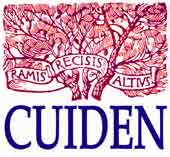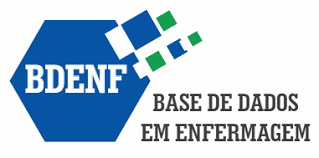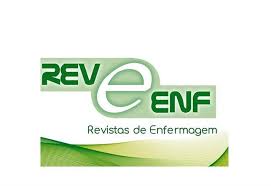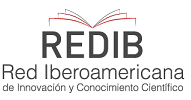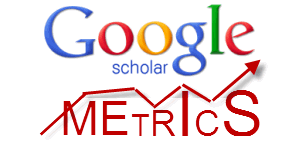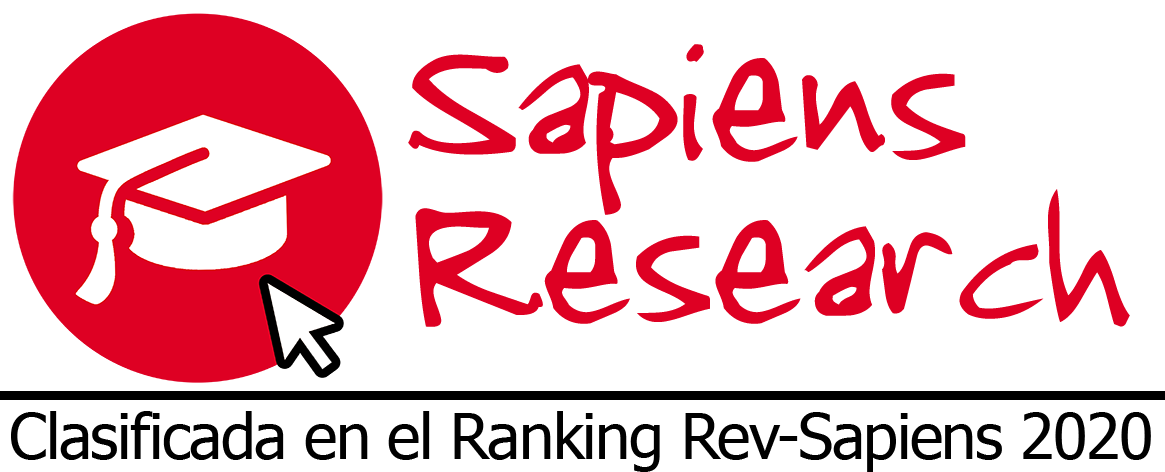Submissions
Submission Preparation Checklist
As part of the submission process, authors are required to check off their submission's compliance with all of the following items, and submissions may be returned to authors that do not adhere to these guidelines.-
Certifications of Transfer of Rights and Originality: Manuscript should be sumitted with an authors' letter, stating that materials are unpublished and that authors transfer copyrights of their articles to Universidad Nacional de Colombia.
A curriculum vitae must be attached by authors.Click here to download formats, in the Submission Preparation Checklist: https://revistas.unal.edu.co/index.php/avenferm/about/submissions
-
Structure of the article:
Document shall not exceed 5 000 words neither 25
letter-size pages (7 000 words neither 30 pages, if it is
literature review article). It is typed in Times New Roman font size 12, double space/writting (2.0), and using 2.5 cm margins for all four sides of the format.Document pages should be numbered.
-
Bibliographic references:
The journal Avances en Enfermería follows the guidelines for bibliographical references of the International Committee of Medical Journal Editors (Vancouver Standards). See:
www.nlm.nih.gov/bsd/uniform_requirements.html -
Review policy:If you are sending to a peer-reviewed section of the journal, you have to make sure that the anonymous review instructions have been followed. -
Use of trademarks:The document should NOT indicate commercial names of medicines, equipment or materials, unless it is strictly necessary. -
Financing:If the writting is a result of a research work it should include the name of the original research. For the case of sponsored research that have been sponsored or funded by any institution, manuscript should have a final section in which the sponsor is mentioned.
Section Policies
Scientific Paper
Original document that presents, in a detailed manner, the original results of research projects. The structure generally used contains four important sections: introduction, methodology, results and conclusions. Number of references: 25
Reflection paper (derived from research)
Document that presents research results from an analytical, interpretative or critical perspective of the author, on a specific topic, using original sources.
Review paper
Document that results from a research in which the results of published or unpublished research are analyzed, systematized and integrated, in a field of science or technology, in order to account for progress and development trends. It is characterized by presenting a careful bibliographic review of at least 60 references.
Case report (nursing situations)
Document that presents the results of a study on a particular situation in order to make known the technical and methodological experiences considered in a specific case. It includes a systematic review of the literature on analogous cases. Number of references: 15
Reflection document not derived from research
Document type essay that is not the product of a research, uses the interpretative analytical perspective or criticism of the author on a specific topic from original sources. Number of references: 25
Copyright Notice
All articles published by journal Avances en Enfermería are licensed under the Creative Commons Attribution 4.0. This allows anyone to copy, redistribute, remix, transmit and adapt the work as long as the original work and the source are properly cited.
Personal Data Processing Policy
The names and email addresses submitted on the journal will be used to the purposes defined and they will not be available to other purpose, institution or person.






